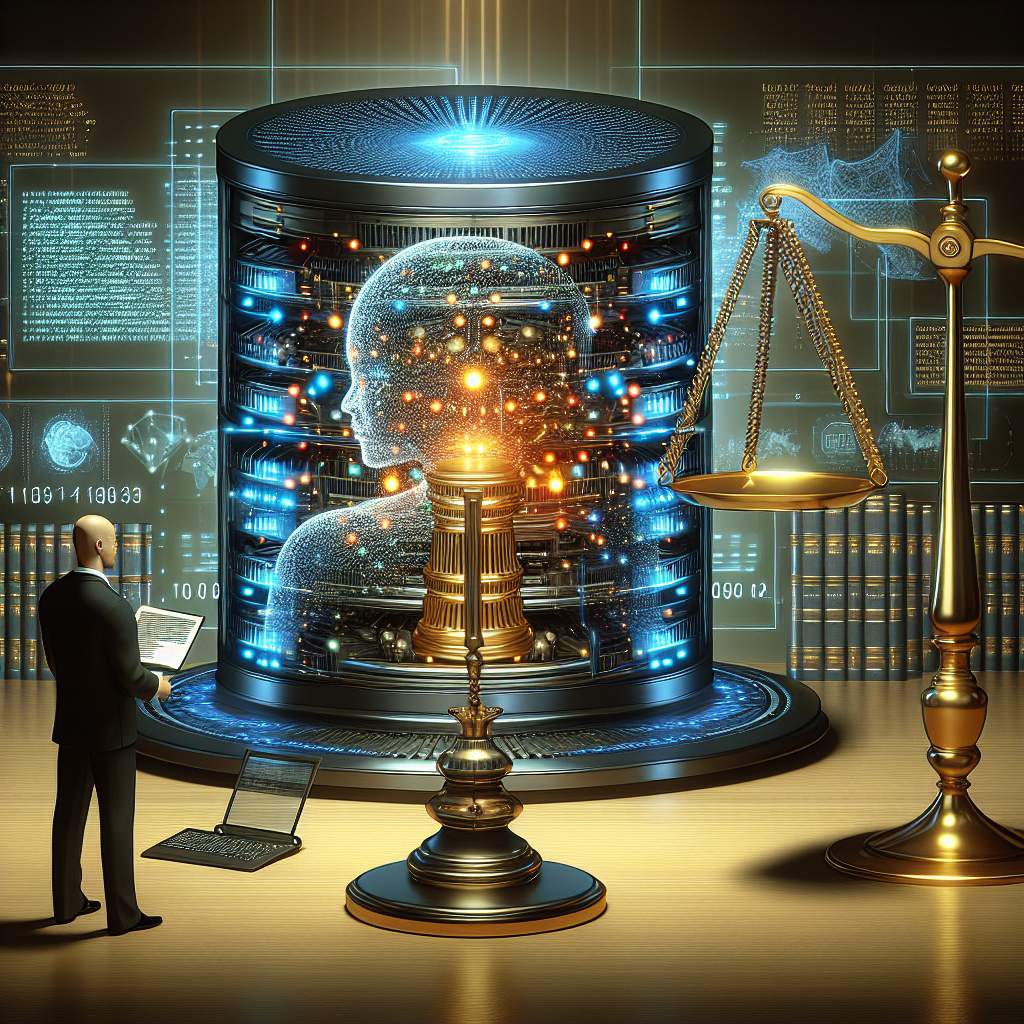In recent years, the rapid advancement of artificial intelligence (AI) technology has revolutionized many industries, including regulatory compliance. With the increasing complexity of regulations and the need for companies to adhere to them, AI has become an essential tool for ensuring compliance and mitigating risks.
AI has the ability to process vast amounts of data quickly and accurately, making it a valuable asset for regulatory compliance. By leveraging AI, companies can automate manual processes, identify patterns and anomalies in data, and predict potential risks before they occur. This not only saves time and resources but also improves the overall effectiveness of compliance programs.
One of the key ways AI is being used in regulatory compliance is through the use of natural language processing (NLP) technology. NLP allows AI systems to analyze and interpret human language, enabling them to understand and extract meaning from regulatory documents, contracts, and other legal texts. This helps companies stay up-to-date on regulatory changes, identify compliance requirements, and ensure that their policies and procedures align with current regulations.
Another important use of AI in regulatory compliance is in the area of risk management. AI-powered risk assessment tools can analyze data from various sources, such as financial reports, customer complaints, and market trends, to identify potential risks and vulnerabilities. By leveraging AI, companies can proactively address these risks and implement measures to mitigate them, reducing the likelihood of compliance violations and regulatory fines.
AI is also being used to enhance monitoring and surveillance efforts in regulatory compliance. By analyzing large volumes of data in real-time, AI systems can detect suspicious activities, fraudulent transactions, and other compliance breaches. This enables companies to take immediate action to address any issues and prevent further violations.
Furthermore, AI can assist in the automation of compliance reporting and documentation. By using AI-powered software, companies can generate accurate and detailed reports on their compliance activities, making it easier to demonstrate regulatory compliance to regulators and stakeholders.
Overall, the role of AI in regulatory compliance is rapidly expanding, with more companies recognizing the benefits of integrating AI technology into their compliance programs. By leveraging AI, companies can improve efficiency, accuracy, and effectiveness in meeting regulatory requirements, ultimately reducing the risk of non-compliance and enhancing their overall compliance posture.
FAQs
Q: What are some common challenges in regulatory compliance that AI can help address?
A: Some common challenges in regulatory compliance include keeping up with changing regulations, managing large volumes of data, and identifying potential risks and vulnerabilities. AI can help address these challenges by automating manual processes, analyzing data quickly and accurately, and predicting potential risks before they occur.
Q: How can AI help companies stay compliant with regulations in different industries?
A: AI can help companies stay compliant with regulations in different industries by analyzing industry-specific regulations, identifying compliance requirements, and implementing measures to ensure compliance. AI-powered tools can also monitor and detect potential compliance breaches, enabling companies to take immediate action to address any issues.
Q: What are some best practices for implementing AI in regulatory compliance?
A: Some best practices for implementing AI in regulatory compliance include conducting a thorough assessment of compliance requirements, identifying key areas where AI can add value, and selecting the right AI technology for your organization’s needs. It’s also important to ensure that AI systems are properly trained and monitored to maintain accuracy and effectiveness.
Q: How can companies measure the effectiveness of AI in regulatory compliance?
A: Companies can measure the effectiveness of AI in regulatory compliance by tracking key performance indicators (KPIs) such as compliance rates, risk mitigation, and cost savings. It’s also important to gather feedback from employees, regulators, and other stakeholders to assess the impact of AI on compliance processes and outcomes.

